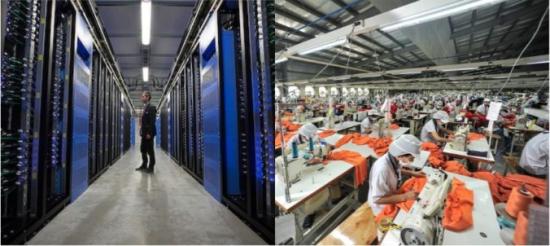From the Duck of Minerva
The U.S. Versus China . . . Versus the Rest?
By Steve Weber
It has become common in 2018 to hear that the United States and China are locking themselves into an Artificial Intelligence ‘arms race’. While global politics will certainly change in the machine learning era, the supposed ‘arms race’ between the US and China may turn out to be less interesting and relevant in this world than the relationships between the two machine learning superpowers and everyone else.
Which race will prove more relevant depends upon the long-term economic and security consequences of general purpose technologies, as well as the distinctive characteristics of the technologies that fall under the AI umbrella. (I prefer the term ‘machine learning’ because it carries fewer science-fiction connotations.) General purpose technologies are technologies that sweep across the economy and impact what is possible in many sectors, shaking up how companies and governments do what they do in the broadest sense. Steam locomotion is the obvious 19th century example. Machine learning is a 21st century general purpose technology because it can (and will) be applied in just about every economic production process you can imagine, from retail management to autonomous driving to drug discovery and beyond.
An even more important characteristic of machine learning as a technology is that it has strong first mover advantages and positive feedback loops. In simple terms, the better you are at machine learning at any given moment, the faster you are likely to improve relative to those ‘behind’ you. A firm that has excellent machine learning products (say, a great map application) will find that its products have greater success in the market. The more people who use the product, the more data are created for the firm to work with, which should lead to faster improvement in the underlying algorithms. In turn, that means the next iteration of the product will be even better. This positive feedback cycle can run on a very fast cadence, since data products can be updated far more frequently than any physical product (some are updated daily or even more frequently than that). All of this implies that the leader should speed away from competitors at an ever-accelerating pace.
Steve Weber is a professor in the UC Berkeley School of Information and faculty director of Berkeley’s Center for Long Term Cybersecurity.











